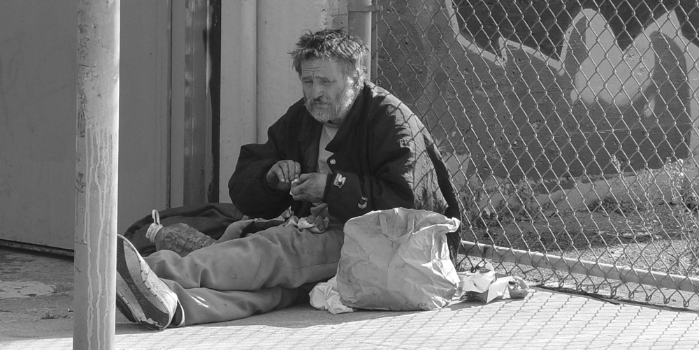When we think about the homeless crisis in California, the atrocious situation in San Francisco typically comes to mind. An app was even created called Snapcrap that allows San Francisco residents to request a sidewalk cleaning from the city’s Public Works Department by submitting a photo of human feces and sharing the location.
But based on the latest figures, it may be time for national news outlets to zero in on a new epicenter of California’s homeless crisis: Sacramento.
Homelessness data released this month showed that Sacramento County’s overall count of those experiencing homelessness – sheltered and unsheltered – rose 67% since 2019 to 9,278 individuals. San Francisco, whose population is smaller than Sacramento’s, has 7,754 individuals experiencing homelessness.
The report’s qualitative data suggests that there still are not enough resources for individuals experiencing homeless or that it has become more difficult to exit homelessness in recent years. The majority of unsheltered adults (59%) report that they have been continuously homeless for three years or longer.
There are approximately 25 transitional housing programs located across the county, one of them being a program a friend of mine works for.
After the Sacramento announcement, I grabbed coffee with her. She shared her experiences, the plethora of money and resources the program has for each individual going through the program, the ease of finding permanent housing that provides minimal financial commitment, and the very little stipulations these individuals must follow throughout the program to get help.
I was shocked by the extensive assistance provided to those who got into the program. With the provided shelter, resources, educational classes, job-securing assistance, food and more, the individuals going through the transitional housing program also received almost $1,000 per month for “extra” expenses.
One of the few stipulations required of these individuals was to save any amount of money from that which was provided, even if it was just a dollar per month, to work on their money saving habits. Very few of the individuals in this program could save even a dollar a month consistently.
She also stated that she has never had a difficult time finding and securing permanent housing for an individual and their family leaving the transitional housing program.
If those going through this program have numerous resources, classes, free housing, a clear and easy path to permanent housing, a monthly stipend, free health services, assistance finding a job, and more, than why is the homeless number increasing? What can we do to successfully get people to complete the program and exit homelessness?
Her answer? Mental health treatment.
Government policy and programs are largely focused on money, resources and more shelter. However, those who receive this assistance usually end up back on the street or recycled through these programs numerous times. Her assessment from her work is that it is not a lack of programs, resources or housing, but the trauma or mental health conditions of those who experience homelessness from their past before they moved to the streets.
These individuals do not have the capability to successfully save a dollar per month, find and keep permanent housing when available to them or find and keep a job, even with the abundance of assistance provided to them. Many have mental illness but are not provided the tools to care for themselves alone.
There is not one certified therapist at the transitional housing program my friend works at. However, one counselor is booked out and helps as many individuals as she can, but it is not enough. Under the United States Department of Housing and Urban Development (HUD) website’s page for the program “Continuum of Care”, the program components listed include permanent housing, transitional housing, supportive services such as outreach with information on housing, homeless management information system and homelessness prevention which includes rental assistance and housing relocation. Not one of these sections lists mental health prevention or assistance.
California’s budget to address the homeless crisis last year was $12 billion, a record number. The shelter capacity in Sacramento County increased substantially by 57% between 2019 and 2022. We have the money. We have the shelter space. However, we will not solve homelessness until we give those experiencing it the tools to take care of themselves and address the mental health crisis sweeping the nation and California.
Emily Humpal is deputy communications director at the Pacific Research Institute.

